“We see something inexplicable and we invent the rules to make it work.”
It’s a curiously metatextual line in 73 Yards, an episode of Doctor Who that defies the usual ‘solve the mystery’ narrative of most episodes and instead opts for something more strange and ambiguous. Already fans are trying to decipher the plot, unravelling threads that don’t make sense or remain unresolved, despite the episode’s insistence at not providing any answers. What does the mysterious woman say to everyone who runs away in terror? Perhaps the unknown is scarier, and perhaps whatever you think she said is far more sinister than whatever neat resolution the script could provide.


The initial set-up of 73 Yards falls into a folk horror trapping, including a fairy circle, a stalking spectre and a sinister atmosphere in the local pub (with a particularly menacing Siân Phillips), before the residents reveal that it’s all a laugh. Except that doesn’t seem particularly reassuring to Ruby or the audience, with one potential supernatural explanation seemingly discarded but still with the confusing threat of The Woman (Hilary Hobson) always watching. The pub sequence alone could have been a claustrophobic, Midnight-esque episode unto itself, but Russell T Davies‘ script shifts gears into a dystopian political tale – not unlike Davies’ series Years and Years from 2019 – introducing Roger ap Gwilliam (Aneurin Barnard) as an all-too-believable sinister Prime Minister (the timing of this episode is particularly interesting considering this week’s news in the UK). It’s a narrative switch that seems to have confounded some viewers, and it’s one that felt more obvious on a repeat viewing when looking at the story as a whole.
Millie Gibson is the obvious standout of this episode, appearing in virtually every scene and conveying decades of Ruby’s life across forty-seven minutes. Despite 73 Yards being the first episode she filmed in 2022, Gibson makes it seem easy, effortlessly conveying a sense of paranoia, terror and eventually acceptance of her unsettling stalker. The episode plays into Ruby’s fear of abandonment, creating a nightmarish, worse-case-scenario for the character. In some respects, it reminded me of The Sarah Jane Adventures episode The Curse of Clyde Langer, albeit on a larger scale. The Doctor’s disappearance may be disappointing to some viewers (even the familiar title sequence is absent), but after Boom gave Ncuti Gatwa a chance to shine, it’s great to see Millie Gibson given her own standout episode here. Amanda Walker was very good as the older Ruby towards the end of the episode, to the extent that it never felt jarring switching between the two actors.
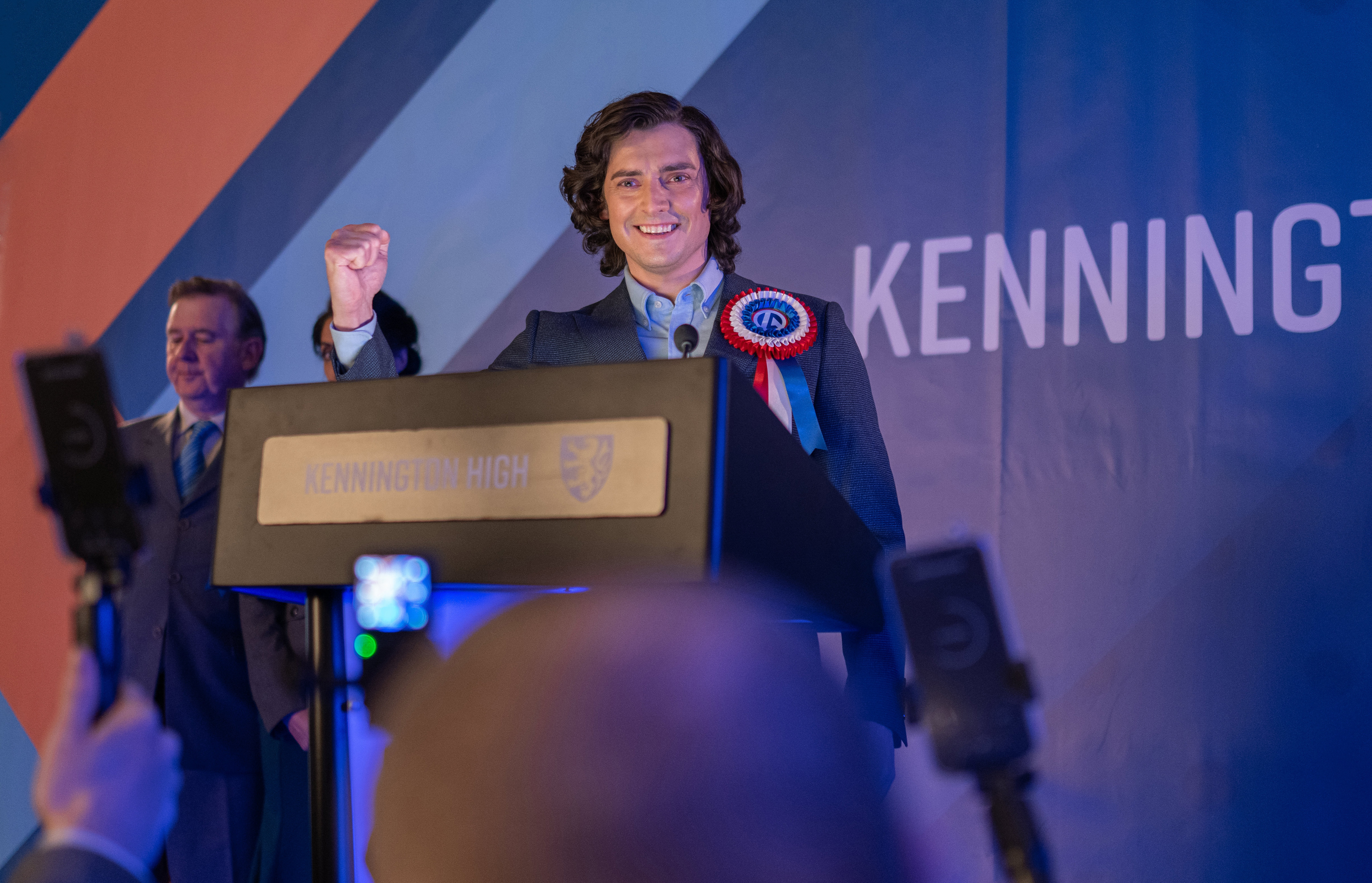
While it was nice to see Carla (Michelle Greenidge) and Cherry (Angela Wynter) return in supporting roles, the Sunday home sequence did serve as a reminder of the curious narrative gap after Space Babies, during which time the whole family seem to have become very familiar with the Doctor off-screen (and let’s not mention timelines after The Devil’s Chord). It’s a shame there’s no epilogue with Ruby’s family, especially considering this is the second time that Carla has been turned into such a nasty character after The Church on Ruby Road. With this and the narrative gap, it’s difficult to feel as invested in the Sunday family as a unit as we probably should – and the story arc revolving around Ruby’s birth mother only serves to hinder this aspect.
Ultimately, 73 Yards retcons itself by the end, arguably undermining some of the drama. It’s a curious ending; initially I thought The Woman was Ruby all along, yet the casting suggests that this can’t be the case. There is the possibility that The Woman offers the older Ruby a chance to undo the ‘curse’ herself, or perhaps to see an alternate timeline of events since the ‘curse’ has been fulfilled. At one point, The Woman is speculated to be Mad Jack’s herald – is this a metaphorical herald or a literal one? Is Roger ap Gwilliam actually Mad Jack, or is this a coincidence? What happens to him in the new timeline? If nothing else, the ambiguity is sure to keep fans guessing for a long time yet. I have seen rather apt comparisons to Ghost Light, a particularly obtuse three-part serial from Doctor Who‘s 1989 season that has divided fans since it aired.

73 Yards is a bewitching episode from start to finish, a radical shift in tone and style. It’s a time-bending ghost story with shades of Don’t Look Now, more of an exercise in mood and atmosphere than Doctor Who‘s familiar detective-work plotting. There’s some stunning location work, alongside some tight close-ups and unnerving Dutch angles courtesy of director Dylan Holmes Williams, with Murray Gold‘s eerie score further adding to the overall vibe. It’s a real showcase for Millie Gibson as an actor, demonstrating just how good she is, even when plunged into such a bizarre and unnerving ghost story like this. Whether or not aspects of this episode will play a part later in the season remains to be seen, but 73 Yards was a refreshingly distinctive and unique episode of Doctor Who, and one that fans are unlikely to forget any time soon.


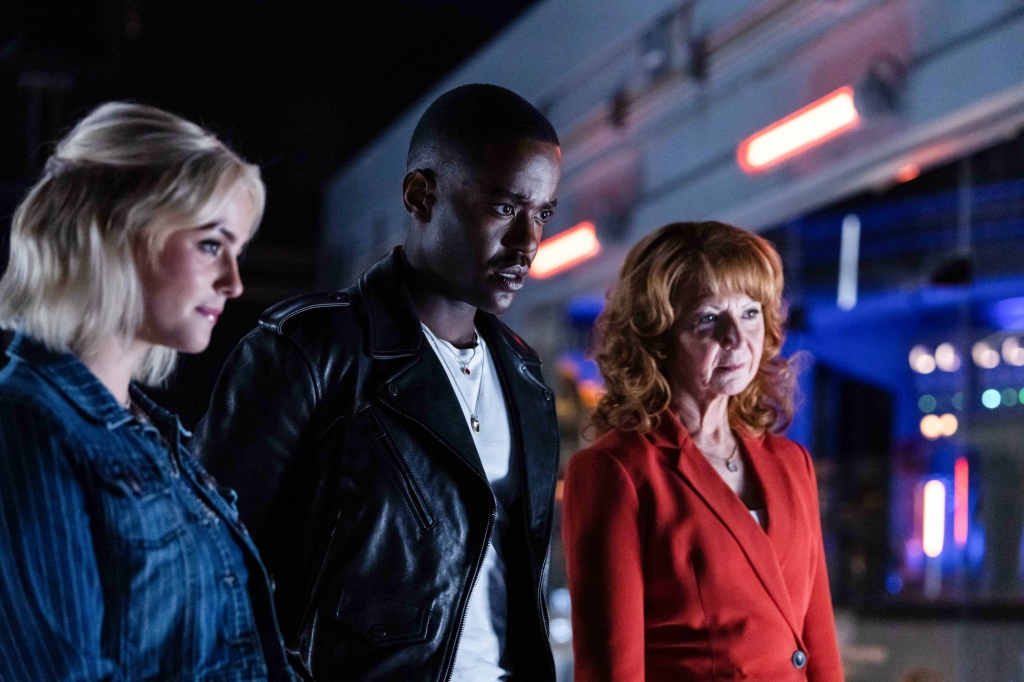
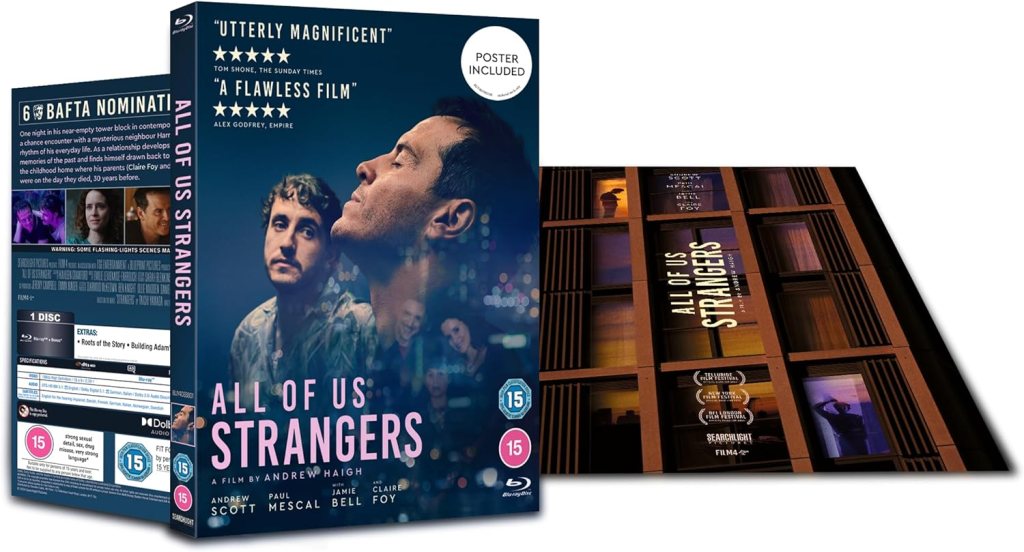


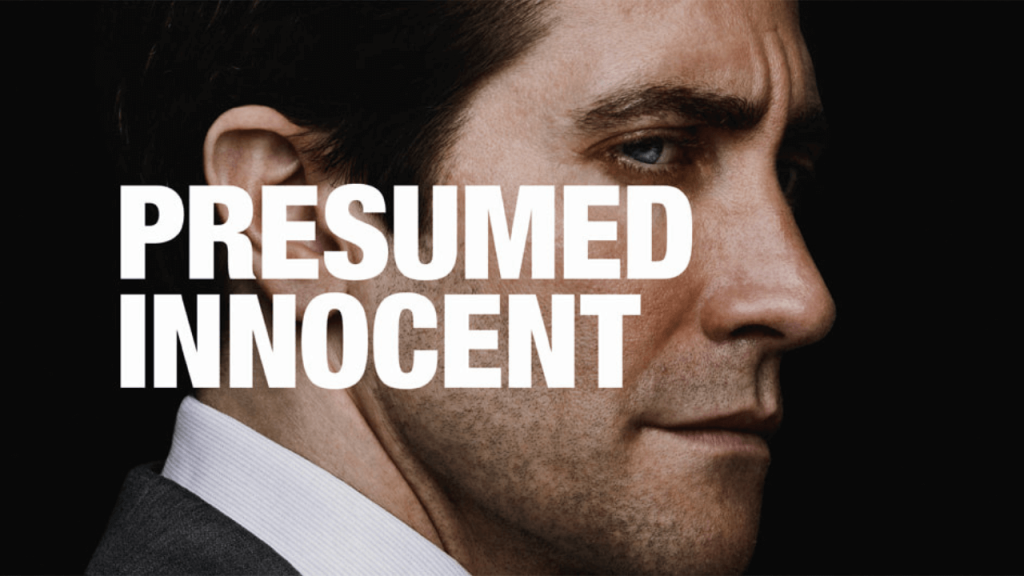

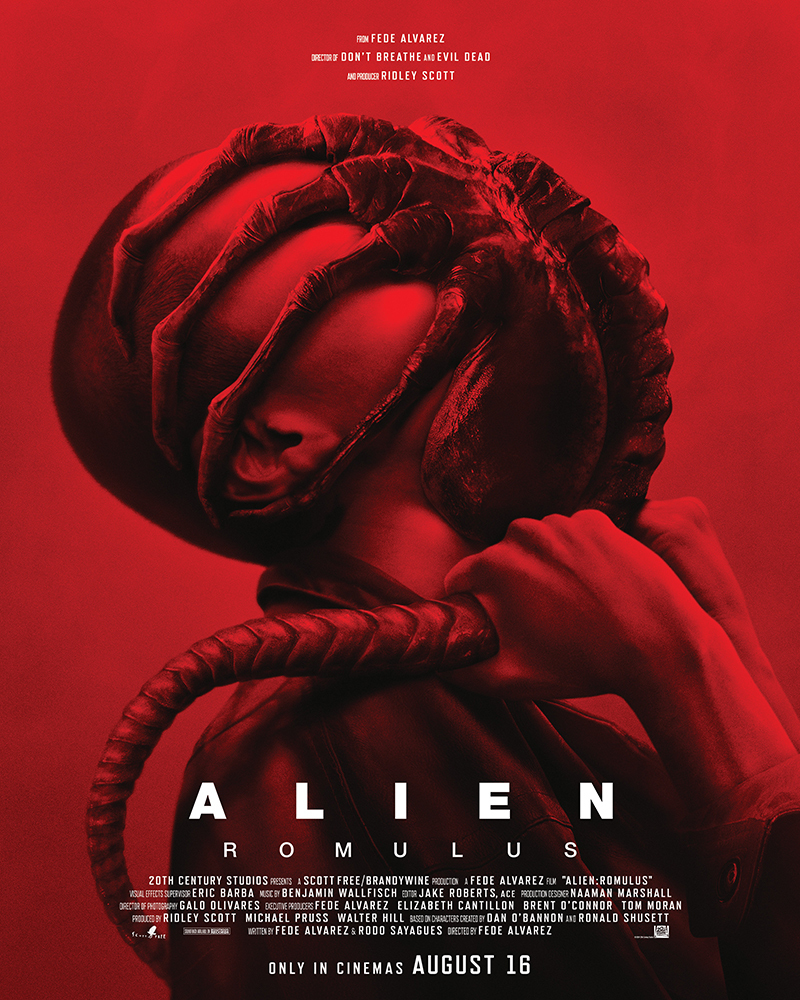
![Army Of Shadows Blu-ray review: Dir. Jean Pierre Melville [Vintage World Cinema]](https://criticalpopcorn.com/wp-content/uploads/2024/05/image-14.png?w=1024)
![Doctor Who: Pest Control and The Forever Trap (6LP Red & Yellow Vinyl) review [Demon Records]](https://criticalpopcorn.com/wp-content/uploads/2024/05/3f35d7aa-1aa8-406e-89ac-e773b1646e09.__cr00970600_pt0_sx970_v1___.jpg?w=970)




![Building the Batmobile Tumbler [Hachette Partworks: Issues 53 – 58]](https://criticalpopcorn.com/wp-content/uploads/2024/06/wp-17179408424882484652437929488722.jpg?w=1024)
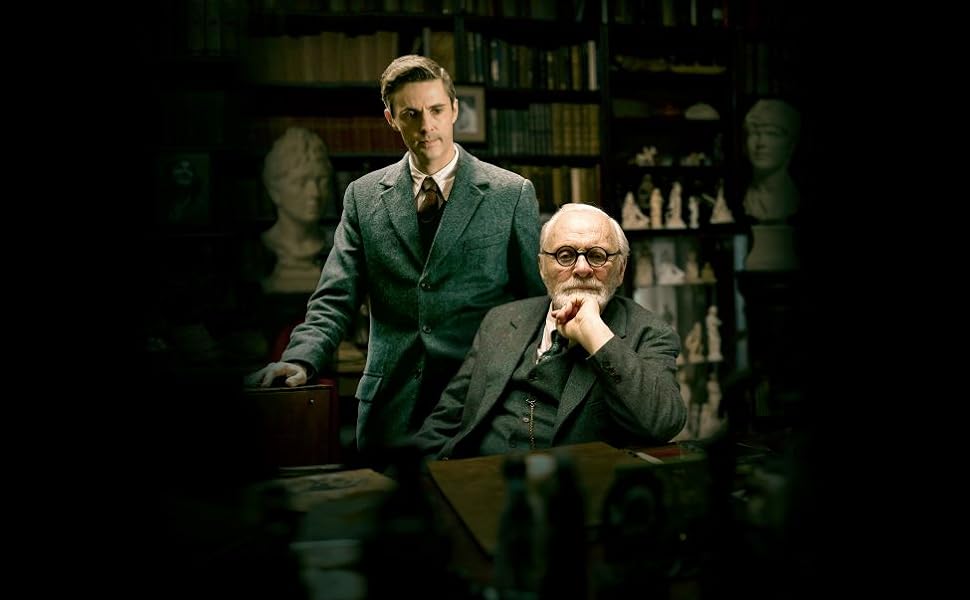
Post your thoughts